For many transportation providers, “route optimization” just means finding the shortest path between two points. But real-world operations are far more complex than that—and in 2025, the providers that succeed are the ones who understand that true optimization goes beyond simple mileage.
It’s Not Just About Distance
Sure, a shorter route might save a few minutes. But what happens when a driver hits unexpected traffic? What if the drop-off window doesn’t match the patient’s appointment time? What if the vehicle is already behind on a previous pickup?
A truly optimized route isn’t just shorter—it’s smarter. It factors in traffic, time-of-day patterns, appointment schedules, vehicle capacity, and even driver performance data. It adapts to real-world conditions in real time and updates accordingly.
The Mistake Most Providers Make
Many providers are still using static routing tools—or worse, spreadsheets and guesswork. They plan routes once, lock them in, and hope nothing changes. But something always does.
When providers rely on rigid systems or outdated mapping tools, they end up with inefficient trips, missed time windows, and a reactive dispatch team that’s constantly adjusting on the fly. That’s not optimization. That’s crisis management.
What Optimization Actually Looks Like
True route optimization is dynamic. It starts with intelligent planning before the day begins and adapts as the day unfolds. A modern routing system will:
- Prioritize the right trips based on urgency or time constraints
- Assign trips to the best-fit driver—not just the closest
- Adjust in real time based on traffic, delays, or cancellations
- Minimize vehicle idle time while avoiding over-scheduling
- Balance driver workloads fairly across shifts
This isn’t just helpful—it’s essential if you want to scale efficiently and meet the expectations of brokers and healthcare facilities.
The Outcome: Fewer Delays, Happier Riders, Lower Costs
When your routing system works the way it should, everything gets better. Dispatchers are less overwhelmed. Drivers stay on schedule. Passengers arrive on time. And operations stop feeling like a fire drill.
In the end, it’s not about squeezing in one more trip—it’s about building a system that handles more trips without sacrificing reliability. That’s what true optimization delivers.
Ready to move beyond basic routing?
Darter helps providers optimize every mile—before, during, and after the trip.

